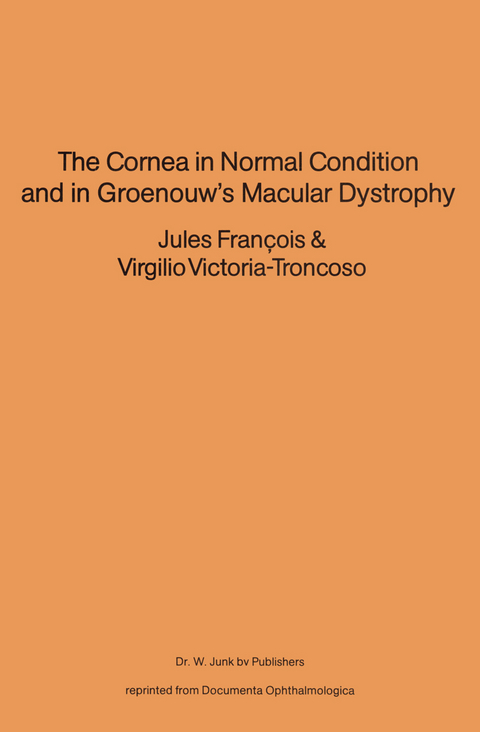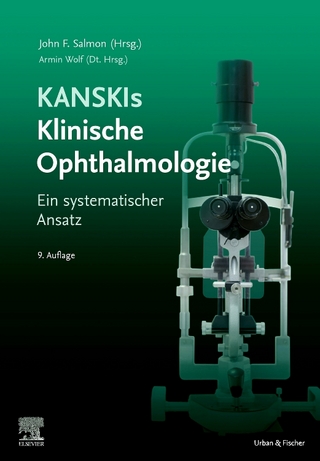
The Cornea in Normal Condition and in Groenouw’s Macular Dystrophy
Springer (Verlag)
978-94-009-9179-8 (ISBN)
one: Normal keratocytes.- I: Material and methods.- II: Normal keratocytes in situ.- III: Architectonic of the cornea.- IV: The keratocytes in the process of cicatrisation of the corneal stroma.- V: Keratocytes in tissue culture.- two: Pathological keratocytes (Macular dystrophy of the cornea).- VI.- VII: Microscopical and histochemical study of macular dystrophy.- VIII: Transmission electron microscopy of the corneal stroma in macular dystrophy of the cornea.- IX: Scanning electron microscopy of the corneal stroma in macular dystrophy.- X: Changes of the epithelium, the base membrane, the endothelium and the Descemet’s membrane in macular dystrophy of the cornea.- XI: Histochemical and microscopical study of corneal cultures from macular dystrophy.- XII: Transmission electron microscopy of cultures of the corneal stroma in macular dystrophy.- XIII: Scanning electron microscopy of cultures of macular dystrophy of the cornea.- XIV: Vital staining of the lysosomes in normal keratocytes and in keratocytes from macular dystrophy.- XV: Active biological substance present in normal keratocytes and capable of acting on the stored mucopolysaccharides in macular dystrophy of the cornea.- XVI: Pathogenesis of macular dystrophy of the cornea.- XVII: Treatment of macular dystrophy of the cornea.- Summary.- Summary.
| Zusatzinfo | 210 p. |
|---|---|
| Verlagsort | Dordrecht |
| Sprache | englisch |
| Maße | 155 x 235 mm |
| Themenwelt | Medizin / Pharmazie ► Medizinische Fachgebiete ► Augenheilkunde |
| ISBN-10 | 94-009-9179-7 / 9400991797 |
| ISBN-13 | 978-94-009-9179-8 / 9789400991798 |
| Zustand | Neuware |
| Haben Sie eine Frage zum Produkt? |
aus dem Bereich


